Children don’t learn to read by starting with phonics worksheets—they begin with listening, talking, imagining, and playing. Pre-reading skills emerge organically when environments are rich in language, storytelling, and joyful exploration. These foundational abilities must be nurtured before formal reading instruction begins.
In early learning settings, this aligns directly with the Early Years Learning Framework (V2.0) priorities: particularly Outcome 5 – Children are effective communicators, and Principle 1 – Secure, respectful, and reciprocal relationships.
Six Pre-Reading Skills: Definitions & EYLF Links
| Skill | EYLF Connection | Theory Base |
|---|---|---|
| Oral Language | Outcome 5.1 – Interact verbally & nonverbally | Vygotsky’s Social Interaction Theory |
| Listening Comprehension | Outcome 5.2 – Listen & respond to sounds/stories | Bruner’s Spiral Curriculum |
| Vocabulary Development | Outcome 5.1 & 5.4 – Extend vocabulary & express ideas | Piaget’s Cognitive Constructivism |
| Print Awareness | Outcome 5.4 – Begin to understand symbolic systems | Emergent Literacy Theory |
| Letter Knowledge | Outcome 5.4 – Recognise letters and symbols | Phonics and Alphabetic Principle |
| Phonological Awareness | Outcome 5.2 & 5.4 – Play with sounds, rhythm & rhyme | Marie Clay’s Reading Recovery Model |
Activity Ideas for Each Skill
All activities below are play-based, inclusive, and adaptable for group or individual documentation. They support Element 1.1.1—Program decision-making and can be reflected in cycle-of-planning documentation.
Oral Language
- Puppet conversations (children invent dialogue)
- “Tell me about…” provocation cards at play areas
- Dramatic play zones with themed vocabulary prompts
Listening Comprehension
- Shared reading with prediction prompts
- Listening walks: “What did you hear?” followed by sketch or dictation
- Audio stories with open-ended questions
Vocabulary Development
- Object mystery boxes (“Guess what’s inside?” using descriptors)
- Word of the week walls co-created with families
- Naming emotions during conflict resolution
Print Awareness
- Menu making in café dramatic play
- Creating class signs and labels collaboratively
- Daily name tracing during arrival routines
Letter Knowledge
- Letter scavenger hunts in nature/outdoor environments
- Alphabet matching sensory trays
- Letter sorting games using initial sounds of known objects
Phonological Awareness
- Clapping syllables in children's names
- Rhyming baskets (“Find what rhymes with ‘hat’”)
- Alliteration movement songs (“Jump like joyful jellybeans!”)
Linking Back to Learning Theories
- Vygotsky: Literacy emerges within the Zone of Proximal Development. Conversations scaffolded by educators help children internalize language.
- Piaget: Children construct knowledge through active engagement—hands-on, sensory-rich environments foster concept development.
- Bronfenbrenner: Literacy opportunities are enhanced by community and family collaboration. Use learning stories to involve caregivers.
- Reggio Emilia: “The hundred languages of ”children”—provide multiple modes of expression beyond reading: drawing, dancing, and storytelling.
Documentation & Compliance Tips
- Link observations to Outcome 5 sub-elements
- Include children’s voice when capturing learning (“I love that book because the monster dances!”)
- Reflect play-based activities in educator weekly reflections under “communication and language” headings
- Document changes in interest or participation in literacy play to support ongoing planning
Teaching reading begins not with decoding, but with delight. When children are immersed in language-rich, emotionally attuned spaces, they naturally build the skills to become lifelong readers. As educators, our role is to honour play as pedagogy—and to know that every story shared, rhyme sung, or silly sound invented is a step toward literacy.
Further Reading
Importance Of Reading To Children
Importance Of Storytelling To Children
Developing and Enhancing Literacy in Children
Teaching Phonics To Preschoolers
Children's Learning Through Literacy
Environmental Print In Early Childhood Settings
Creating a Literacy-Rich Environment For Children


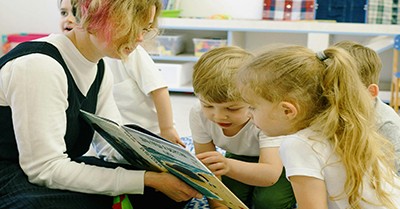

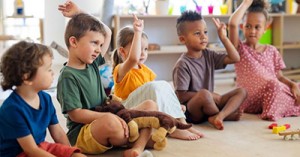
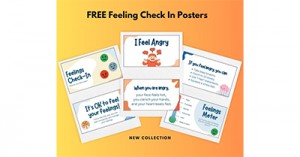
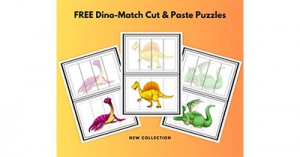
 Open ended questions cannot be responded to with one word answers such as yes or no. These types of questions enables a child to provide
Open ended questions cannot be responded to with one word answers such as yes or no. These types of questions enables a child to provide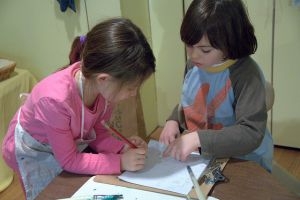 During your child’s preschool years, an important milestone begins to emerge. This is the development of pre-writing skills. Pre-writing skills are used to encourage, develop
During your child’s preschool years, an important milestone begins to emerge. This is the development of pre-writing skills. Pre-writing skills are used to encourage, develop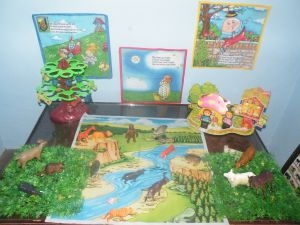 Open ended materials enables children to play freely. They are objects that have no rules to follow, use or function. Raw materials that can be
Open ended materials enables children to play freely. They are objects that have no rules to follow, use or function. Raw materials that can be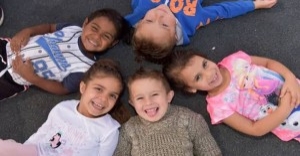 An Acknowledgment of the Country is a way of showing respect for the Traditional Owners and can be given by both non-Indigenous people and Aboriginal
An Acknowledgment of the Country is a way of showing respect for the Traditional Owners and can be given by both non-Indigenous people and Aboriginal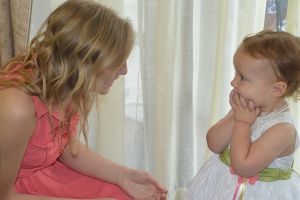 Language plays an important role in a child’s development. It enables a child to communicate effectively with their family, learn at school, socialize with friends,
Language plays an important role in a child’s development. It enables a child to communicate effectively with their family, learn at school, socialize with friends,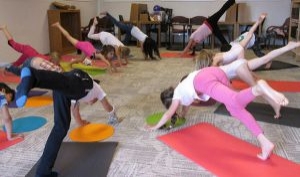 Like adults, children have to deal with their own stress in life. Moving house, starting a new school, preparing for a new sibling - these are
Like adults, children have to deal with their own stress in life. Moving house, starting a new school, preparing for a new sibling - these are Playdough is such a versatile material. It provides numerous benefits to children as they manipulate it, it is safe and soothing and provides children with
Playdough is such a versatile material. It provides numerous benefits to children as they manipulate it, it is safe and soothing and provides children with Teaching children about sustainability enables them to appreciate and respect the natural environment. Early childhood services can provide meaningful hand on learning experiences in order
Teaching children about sustainability enables them to appreciate and respect the natural environment. Early childhood services can provide meaningful hand on learning experiences in order Recycling is an important concept that teaches children to care for the environment. It encourages children to be responsible and show a growing appreciating for
Recycling is an important concept that teaches children to care for the environment. It encourages children to be responsible and show a growing appreciating for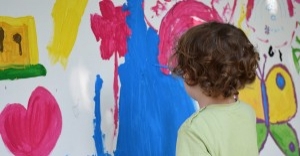 When children apply paint to paper, glue things together, or pound a lump of clay, they experiment with colour, shape design and texture.
When children apply paint to paper, glue things together, or pound a lump of clay, they experiment with colour, shape design and texture.



